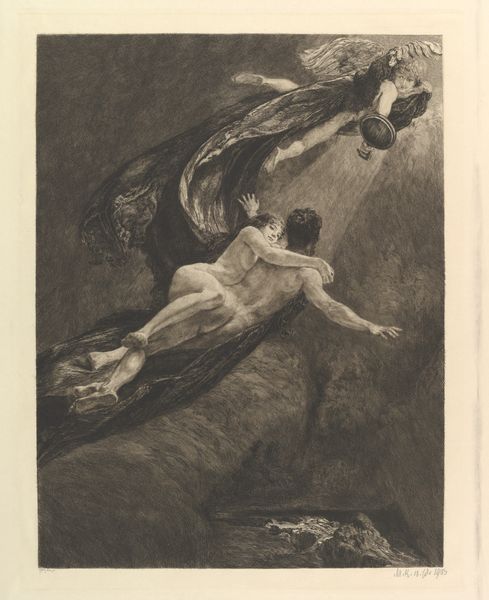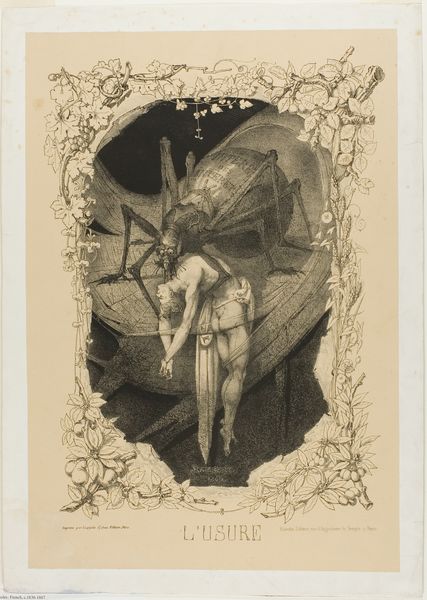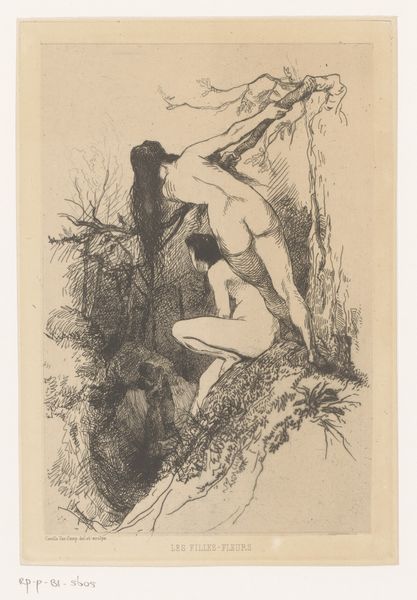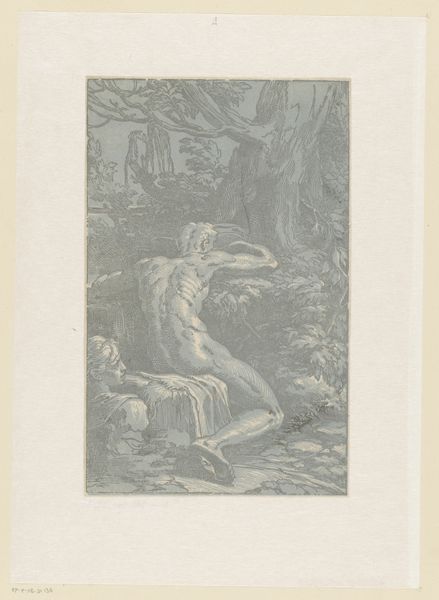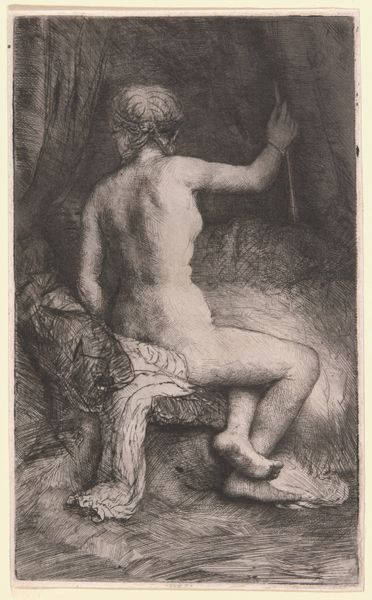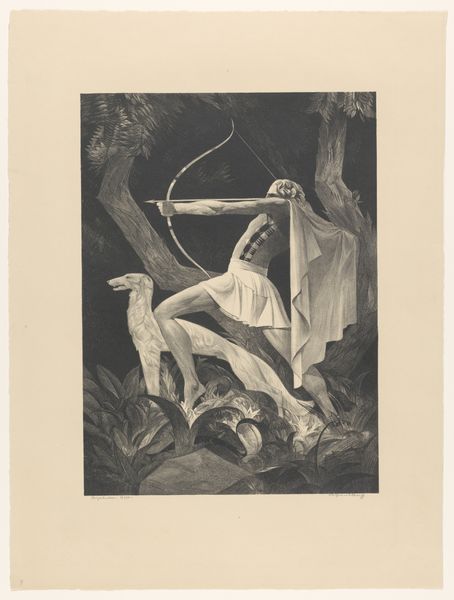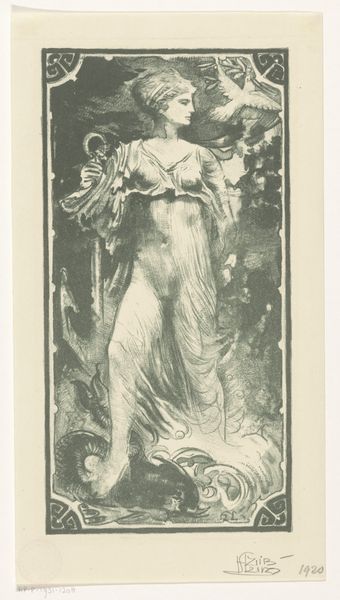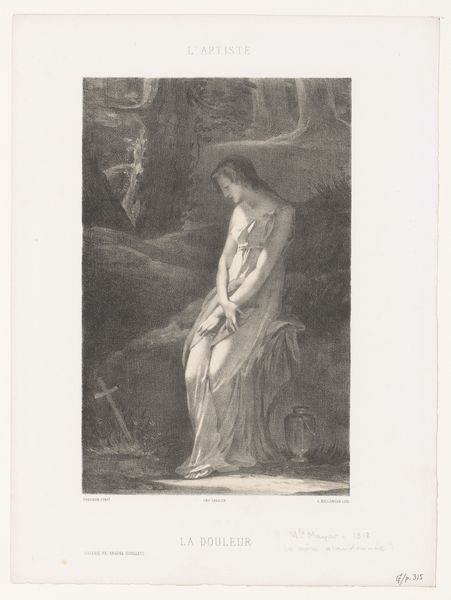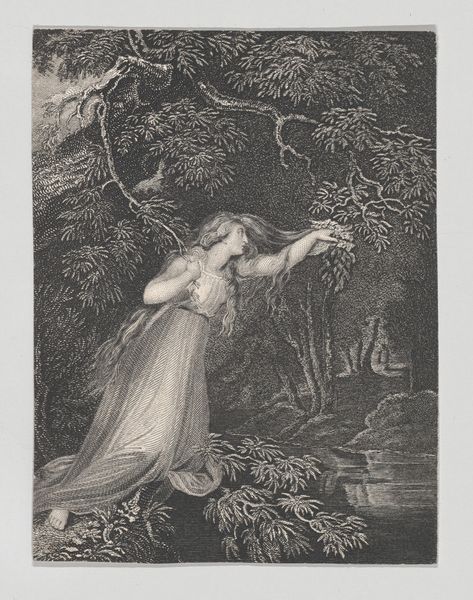
Allegorie op de wedergeboorte van kunst na de Eerste Wereldoorlog 1917
0:00
0:00
print, etching
#
allegory
# print
#
etching
#
landscape
#
figuration
#
symbolism
#
history-painting
#
nude
#
modernism
#
watercolor
Dimensions: height 770 mm, width 509 mm
Copyright: Rijks Museum: Open Domain
Editor: This is Charles Haslewood Shannon’s “Allegorie op de wedergeboorte van kunst na de Eerste Wereldoorlog,” or “Allegory of the rebirth of art after the First World War,” an etching from 1917. I’m struck by the contrast between the destruction in the background and the hopeful gesture of the nude figure in the foreground. What historical context informs this allegorical scene? Curator: Indeed, the work serves as a commentary on the role of art and its institutions amidst societal trauma. The First World War profoundly impacted European society, leading to a widespread questioning of values. How do you see the figure acting as an allegory here, particularly when considering how art institutions changed post-war? Editor: Well, to me, the figure represents art itself, emerging from the debris. Perhaps the raised branch suggests a renewal or a fresh start for art, while its vulnerability underlines the delicate role art institutions need to take. Do you think Shannon’s choice of etching enhances this message of fragility? Curator: Yes, I believe the etching's inherent qualities, with its delicate lines, reflect the fragility of cultural memory. Remember, after the war, there was significant debate about art’s purpose. Do you feel Shannon's depiction serves to restore or critique conventional values associated with art at that time? Editor: Perhaps a bit of both. While he employs classical allegory, there’s a modern sense of unease. It’s not a triumphant rebirth, but a tentative one, highlighting the complex public perception of art's place in society after such destruction. Curator: Precisely. It reflects the post-war art world grappling with its identity. Thinking about the print medium – an inherently reproducible form – it made it much easier to communicate Shannon's message in a widely accessible way. Ultimately, that reflects his goal to invite a broad social consideration of the public role of art in societal rebuilding, doesn't it? Editor: I never considered that. It's interesting to reflect on how medium itself played a socio-political role, thanks for the clarification! Curator: And thanks to you. I also hadn’t considered just how powerfully the vulnerability of the print medium reflected that of art itself at the time.
Comments
No comments
Be the first to comment and join the conversation on the ultimate creative platform.

